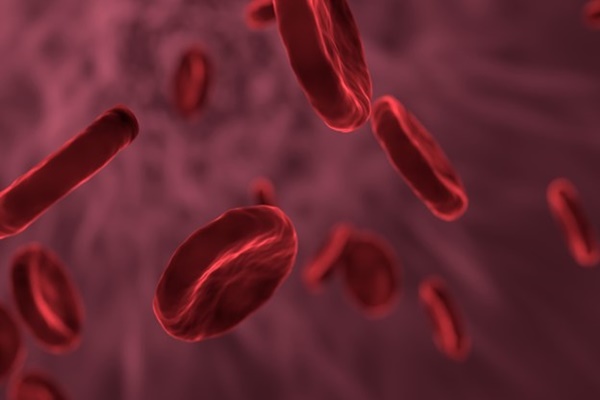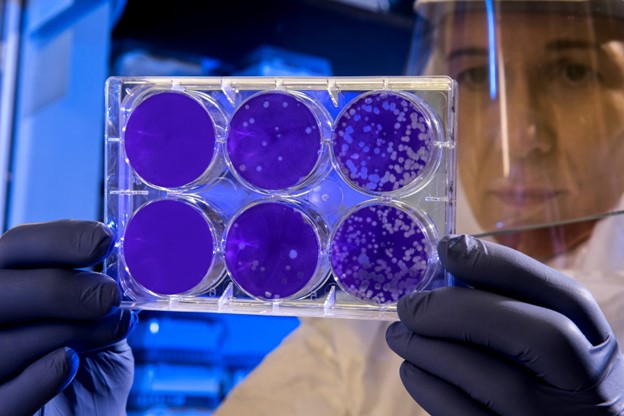When it comes to expression systems, the recombinant protein expression system is a method that has been around for decades. Technology allows scientists to robustly express recombinant proteins in living cells at a relatively more convenient and affordable pace.
What is Recombinant Protein Expression?
A recombinant protein expression system is a system used to express recombinant proteins.
These are crucial in studying protein folding and structure and biotechnology companies' production of drugs and vaccines.
Different recombinant protein expression systems exist for bacterial, plant, and mammalian cells.
Pros of Recombinant Protein Expression Systems
For successful recombinant protein expression, it is essential to know that each system has its pros and that the correct system must be chosen for each application.
1. Yeast Expression System
As one of the latest exogenous expression systems, the yeast expression system has advantages over eukaryotic and bacterial expression systems. In genetic engineering, this kind of system is used a lot. Also, in 1996, they finished putting together the gene sequence of Saccharomyces cerevisiae. Also, S. cerevisiae has been an essential part of the bread and beer industries for a long time.
They are known to be safe and are called GRAS animals because they don't hurt people or make toxins. Because of this fact, the FDA has also agreed with it. So, the production made with the yeast expression system doesn't need many tests to ensure the host is safe.
2. Mammalian Protein Expression
Several drug companies have temporarily used systems that make proteins from mammalian cells or cell lines. This happens when certain expression constructs are added to the host genome. Transient expression manufacturing can make a lot of protein in two weeks. This is because stable cell lines are better than other types of experiments. Furthermore, such transient mammalian expression systems are capable of producing gram-per-liter yields through the use of specialized suspension cultures.
Compared to proteins expressed using other methods, these have more native folding and post-translational modifications (like glycosylation). Additionally, the production of custom or foreign proteins results in more significant activity than proteins produced by eukaryotic or prokaryotic expression systems, such as yeast and insect cells.
3. Insect Protein Expression
It is essential to know that scientists have used insect cells to make high levels of proteins with changes similar to mammalian systems. Also, several methods make recombinant baculovirus, which can be used in insect cells to use the protein of interest again. In addition, this system can rapidly scale up and adapt to suspension culture to produce certain large-scale protein expressions that are operationally comparable to proteins naturally found in mammalian organisms.
Due to the possibility of yields increasing by 500 mg/L, recombinant baculovirus can take more time and be more complex than making prokaryotes. Post-translational modifications are needed for one of the most common ways to get proteins from mammals to work. In this kind of system, baculovirus vectors deliver the chosen gene to cultivated insect cells, such as Spodoptera frugiperda.
4. Baculovirus Expression System
Baculoviruses are the most crucial insect viruses because they are the oldest, most studied, and most functional insect viruses. One needs to remain aware that this kind of genome is a closed, double-stranded DNA molecule between 80 and 160 kb in size. Its genome can be successfully replicated and transcribed in insect nuclei. Furthermore, they combine DNA replication in the bark of the baculovirus with remarkable flexibility, even accommodating huge foreign DNA insert segments. So, this is a great way to carry and express large DNA fragments.
Now let's talk about the pros of the baculovirus system. Here are some:
• Recombinant protein has a full biological function, such as a disulfide bond and the right way for the protein to fold.
• Changes made after translation.
• It makes up about 50% of all the protein, so it is expressed more.
• Expression of several genes at once
• Allow for insert proteins










No comments
Post a Comment